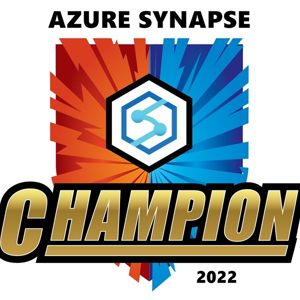Hello Subhadip Roy,
Greetings! Welcome to Microsoft Q&A Platform.
I understand that you are encountering issues with the SAS token generation process in Databricks and getting error with authentication and header mismatch.
Azure Storage supports creating a shared access signature (SAS) at the level of the ADLS gen 2 storage account. Using this, you can delegate access to write and delete operations for containers, queues, tables, and file shares, which are not available with an object-specific SAS.
Verify the duration for which the SAS token is valid. Sometimes, setting an incorrect duration can cause issues. The length of the SAS token can vary based on the permissions and the parameters set. Ensure that all required parameters are included when generating the token and make sure that the correct storage account key is being used to sign the SAS token. This key is crucial for generating a valid token and compare the token generated from the Azure portal with the one generated by your code. Look for any discrepancies in the parameters or the format.
Debugging: Use logging to capture the exact token being generated and compare it with a working token from the portal. This can help identify any missing or incorrect parameters.
Yes, you can use Managed Identity (MI) to generate and access SAS tokens for Azure Data Lake Storage (ADLS).With Managed Identity, you can generate a User Delegation SAS. This involves obtaining a user delegation key from Azure AD and then using it to create the SAS token. This method is secure and leverages Azure AD for authentication.
Steps to Generate User Delegation SAS:
Obtain User Delegation Key: Use the get_user_delegation_key method to get the user delegation key.
Generate SAS Token: Use the BlobSasBuilder and BlobUriBuilder helpers to generate the SAS token URI.
Ensure that the Managed Identity used by ADF has the necessary permissions (e.g., Storage Blob Data Contributor) on the ADLS account.
Use the generated SAS token in your ADF pipeline to access the blobs.
https://learn.microsoft.com/en-us/azure/storage/blobs/sas-service-create-python,
Please consider below following to troubleshoot the issue,
Check the cluster configuration: Take a look at the settings for the cluster in question. Ensure that your user account, or the one you're intending to use, has the proper permissions set up.
Verify your user identity: Double-check that you are indeed logged in with the user account that's supposed to have access. Sometimes, it might just be a simple case of being logged in with the wrong credentials.
Roles and permissions: Databricks uses role-based access control (RBAC), so you might need to check that your role includes the permissions required to move data.
Token issues: If you’re using a token for authentication, verify that it’s still valid and hasn’t expired.
Network Policies: Sometimes, network policies can restrict access to certain users. It’s worth confirming that there aren't any such policies blocking your access.
To find more detailed guidance on setting up permissions and troubleshooting these kinds of issues, Microsoft's documentation is a great resource. You might specifically want to look into the Databricks documentation on Microsoft Learn, which provides comprehensive guides and best practices for managing Databricks clusters and access control https://kb.databricks.com/en_US/all-articles.
Hope this information helps! please let us know if you have any further queries. I’m happy to assist you further.
Please "Accept the answer” and “up-vote” wherever the information provided helps you, this can be beneficial to other community members.
